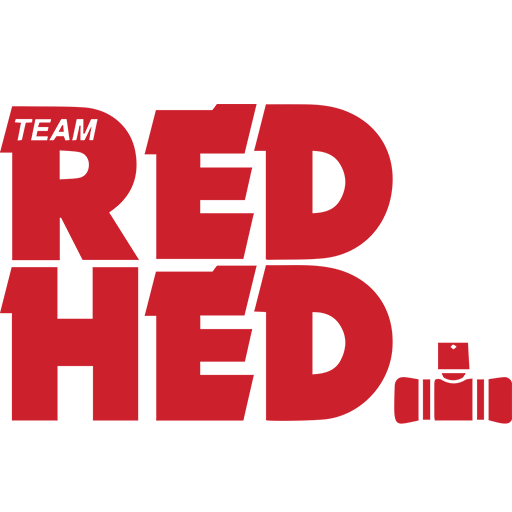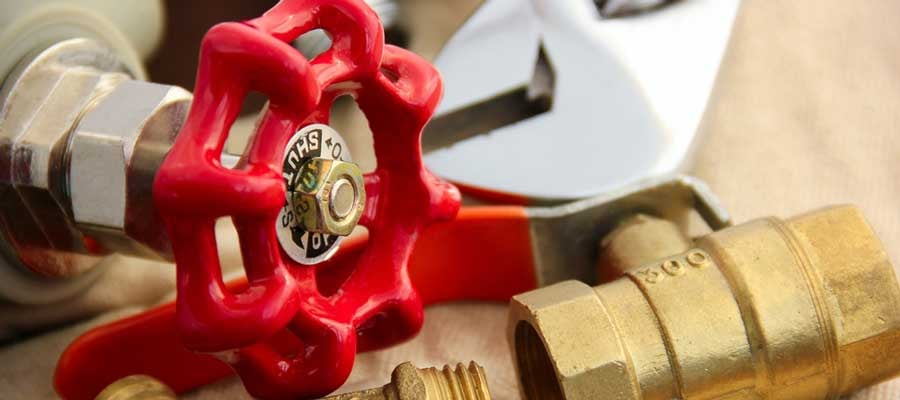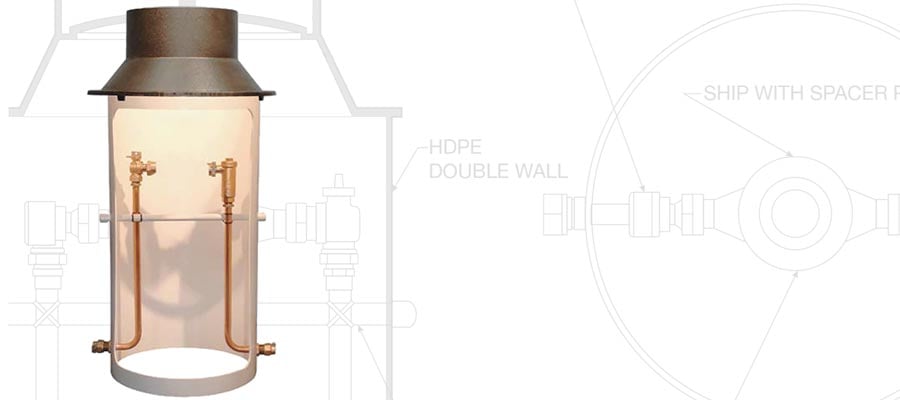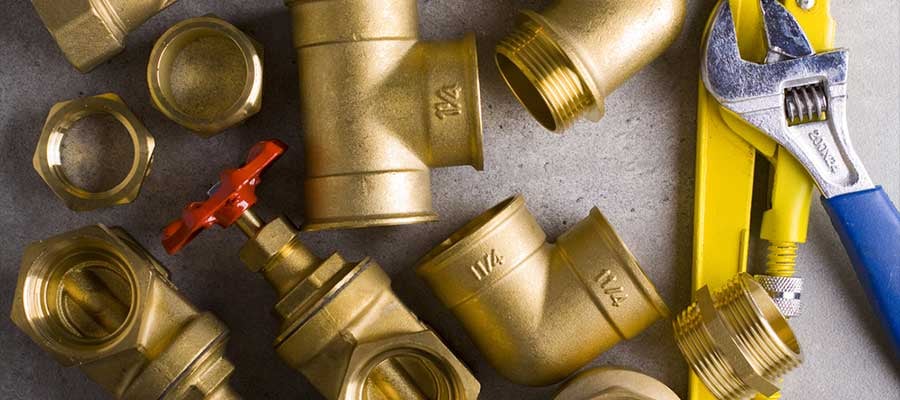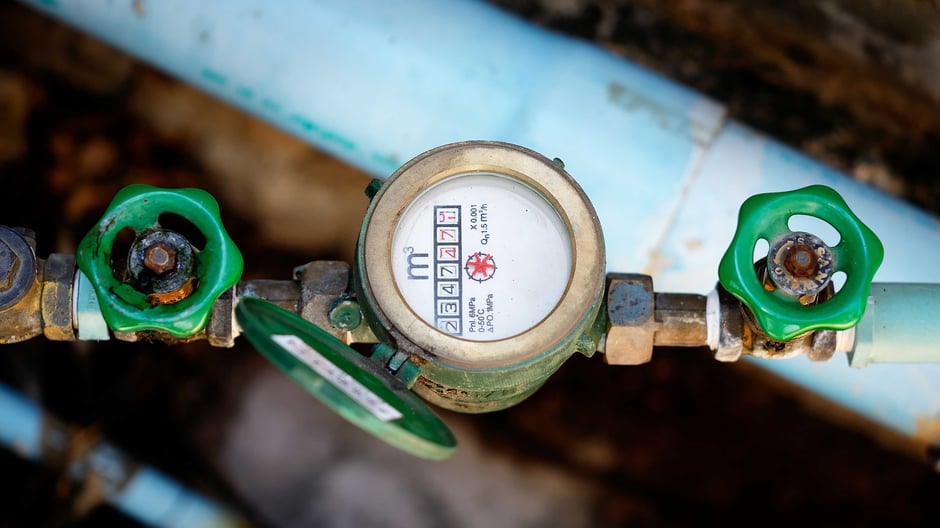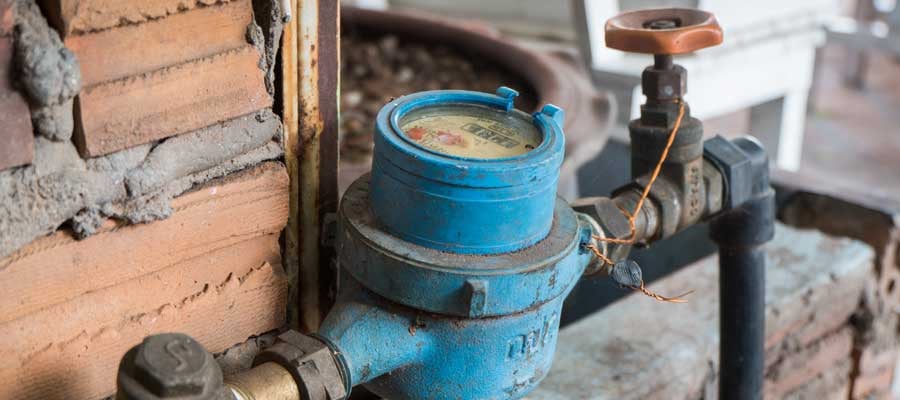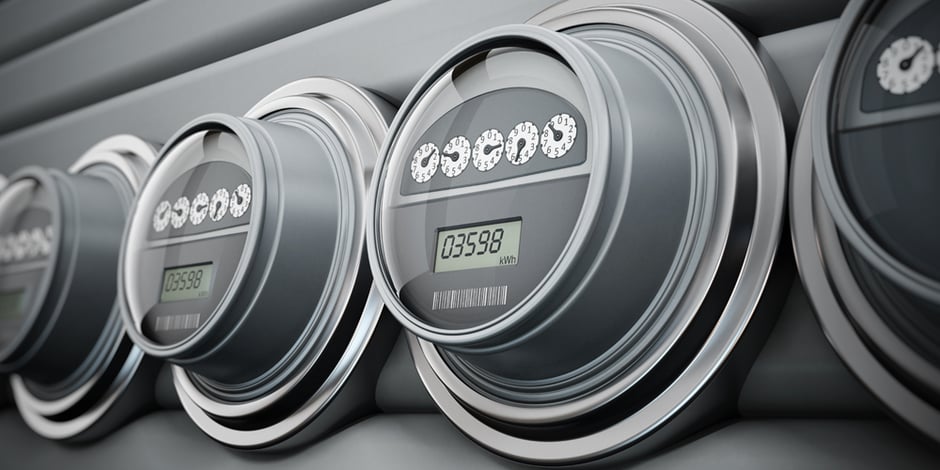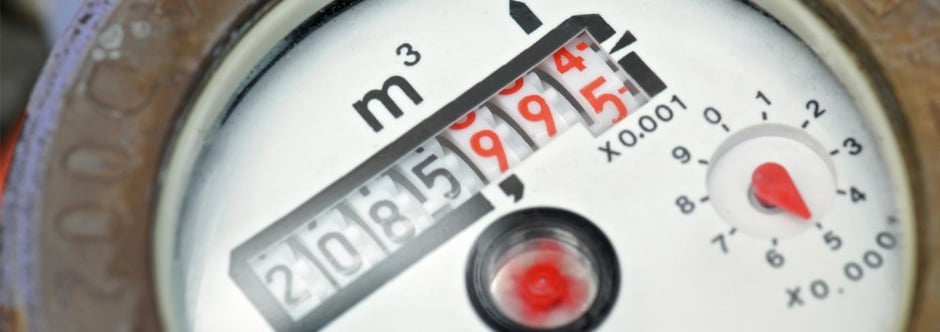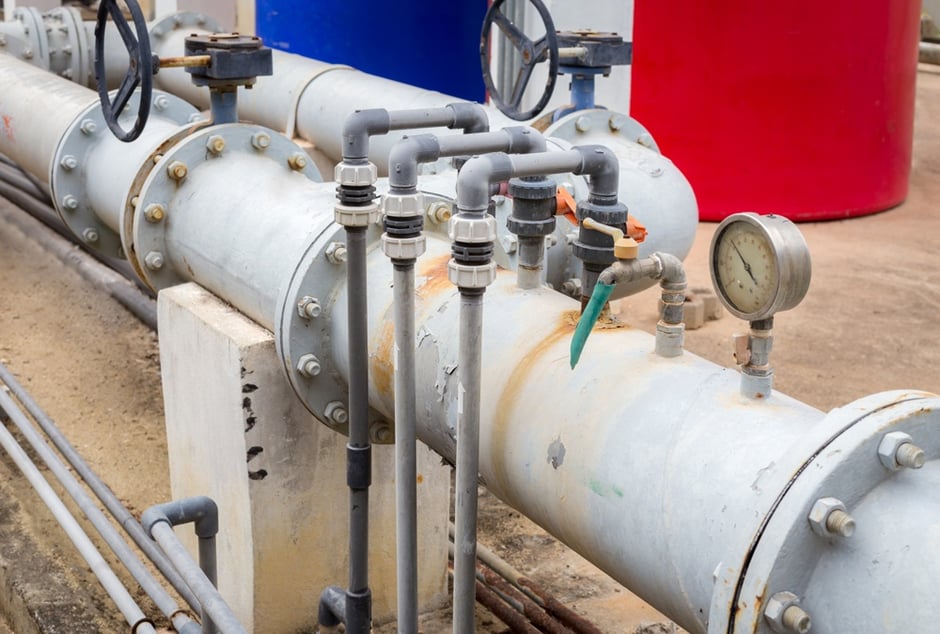When you need to install a shut-off valve between your water supply and your home or business, it can be very confusing deciding exactly which type of valve you need. Your water utility may not make things much clearer, discussing meter valves, curb stops and service valves as being among the options that are placed in line on your water supply lines. Fortunately, we've cleared up the issue for you in this post. Here's a quick rundown of each type of valve, what it does, where it's located and why it's used in your water supply line system.
If your town specifies thermal coil pits for meters and service valves, do you really need them? Thermal coil pits have become a common specification in a number of towns in cold climates, but they're not really needed. But how are these types of pits different and why is it okay to argue for the use of a standard pit in areas where the specifications call for a thermal coil pit? Here's a quick comparison with more information to get you started.
When you need to send a crew out to access a meter, do you spend a lot of your day thinking about potential issues? From the property owner who doesn't want them there to that crazy dog that always gets out when your crew is accessing the meter, meter access can often bring up a whole slew of unrelated issues. Fortunately, there's a great option you can implement to avoid having to deal with private property issues and the hassles of accessing the meter: HDPE meter pits. Here's some information to help get you started.
When you need to connect to a water meter, there's no doubt that using a flared coupling provides you with a better connection and a much lower chance of failure than many other methods. But it can be difficult to make the connection from a copper supply line to your meter. At Red Hed Manufacturing, our job is making sure you can get your job done with better fittings, including our flare coupling adapters for meters. Here's how they'll help you make a better connection.
When you work in the water utility industry, you expect some amount of water loss through leaky transmission lines and meter issues. But what if downsizing the meters in your supply system could ensure you'd regain those lost profits through more accurate record keeping? In this post, we're going to discuss a few real-world examples where downsizing helped the client greatly reduce waste and increased profits significantly. Here's what they found:
When it comes to downsizing older meters for new equipment, it's not unusual to run into issues in spacing and sizes between the two meters. How do you bridge the gap between the new meter and the old lines that are in place? Red Hed Manufacturing was recently called in to help a Louisiana utility as it downsized from an older meter to a more compact version that left a gap. Here's what we did to help them solve the problem and how it worked out in the end.
You know what it's like. Everyone has to go read meters or replace them at some point or another and this process can be challenging - but there's a solution: meter pits. Meter pits allow reading, changing out or repairing a meter without entering a customer dwelling. Also, if you're having trouble reading a transponder because the dwelling is set back to far from the road, a Red Hed Manufacturing meter pit is your solution.
In the waterworks industry, meters are installed to meet current or expected future needs at a home or business. But what about when demand actually decreases or expected expansions don't take place? A common approach is to downsize the water meter at that site. But what are the benefits of downsizing meters that meet this criteria and how do they help ensure customer satisfaction? In this piece, we'll take a solid look at several reasons why meters are downsized and how they benefit your customers.
When you're working in the waterworks business, you know that the only thing uniform about the customers you serve is that they are different. Some need water during particular parts of the day, while others require a constant flow. Some require only a little water because they're using exceptional water-saving technologies while others go through enough water to fill an Olympic-sized swimming pool every few days.
